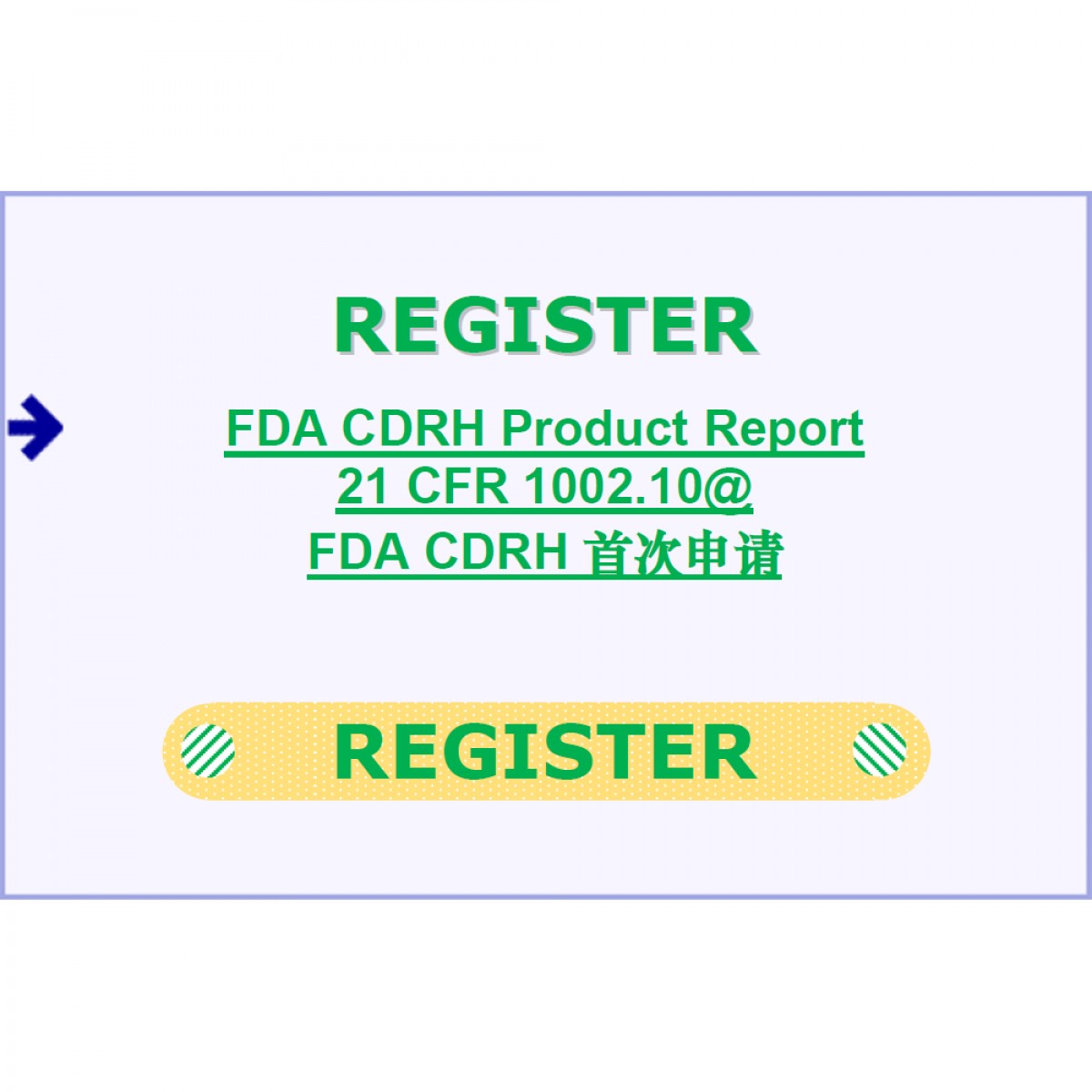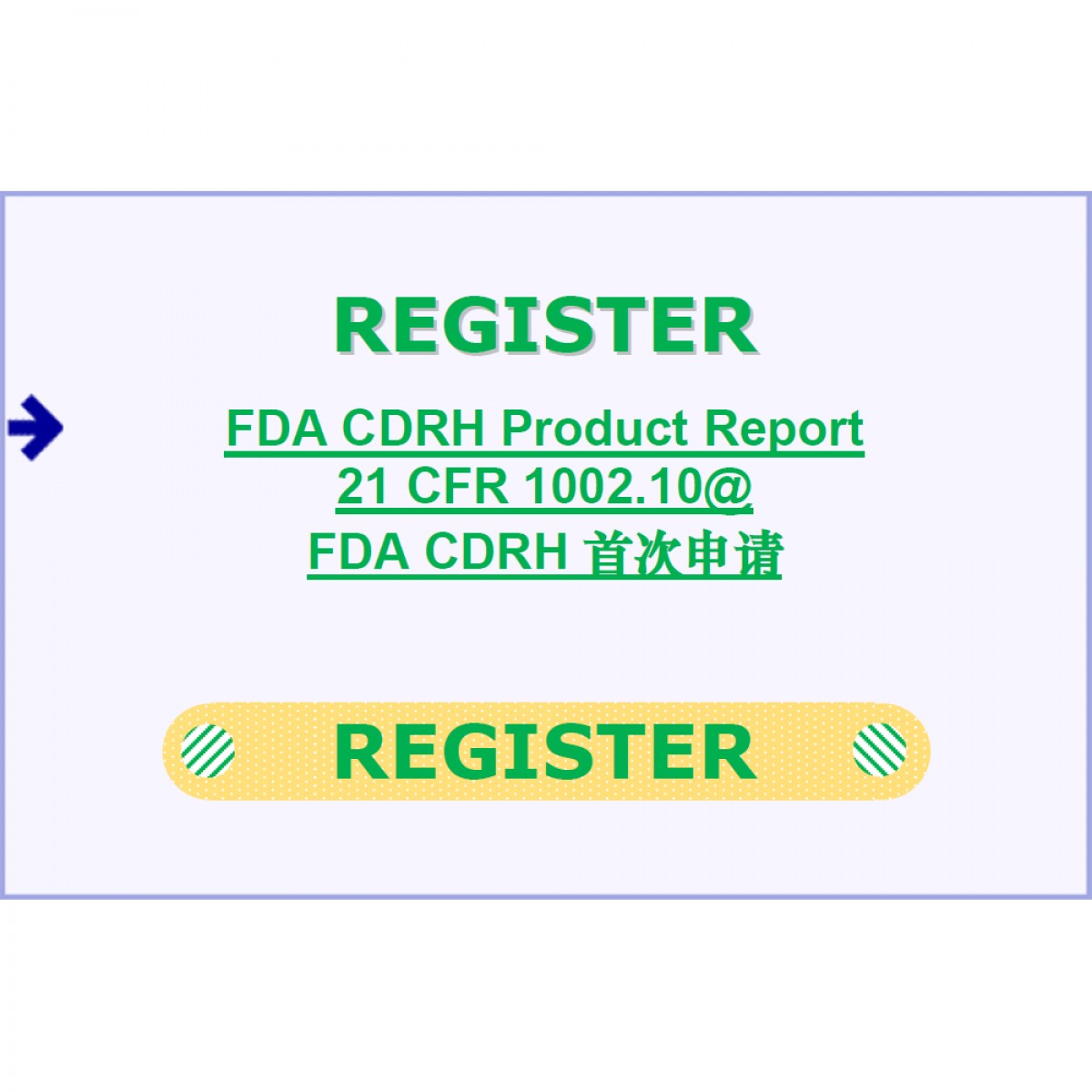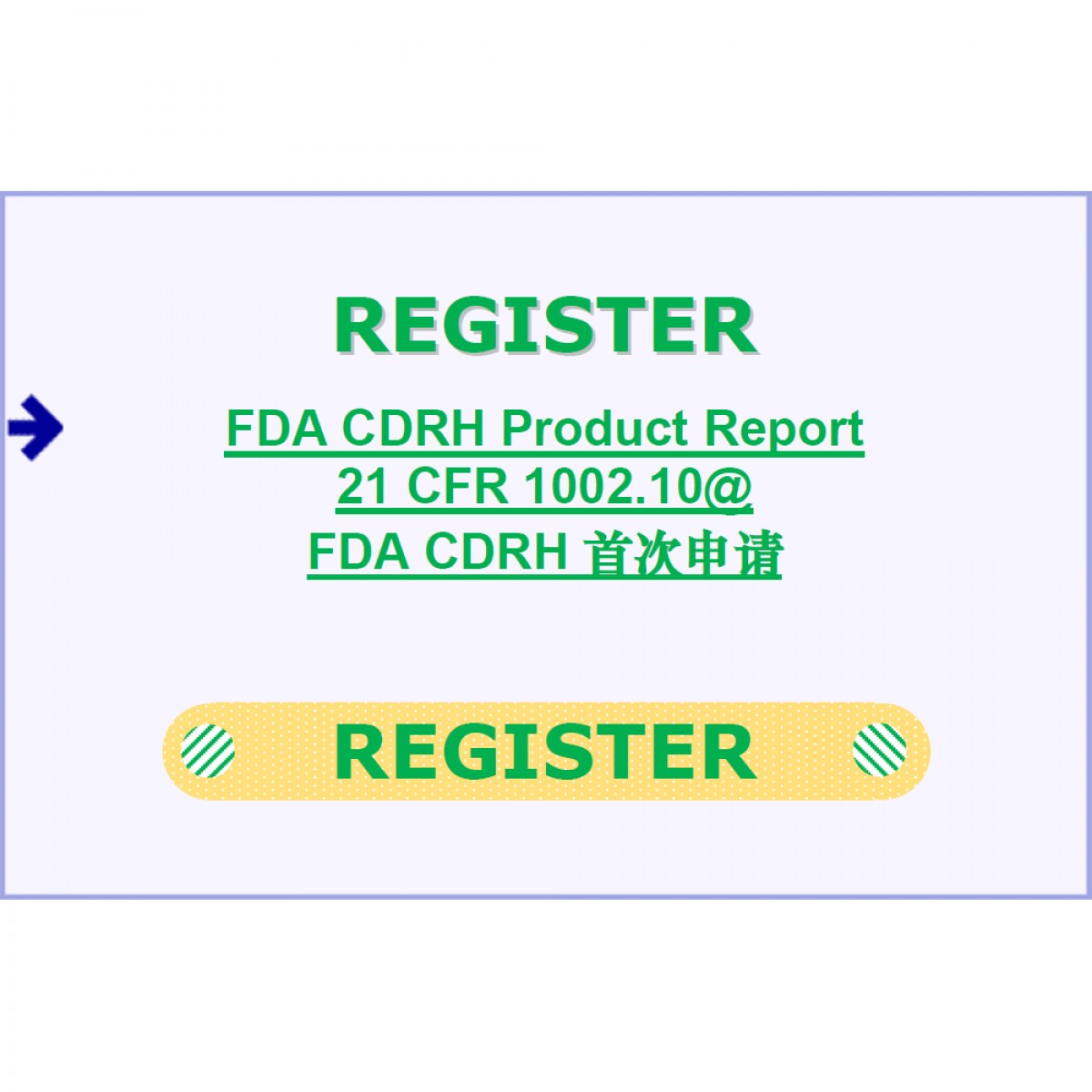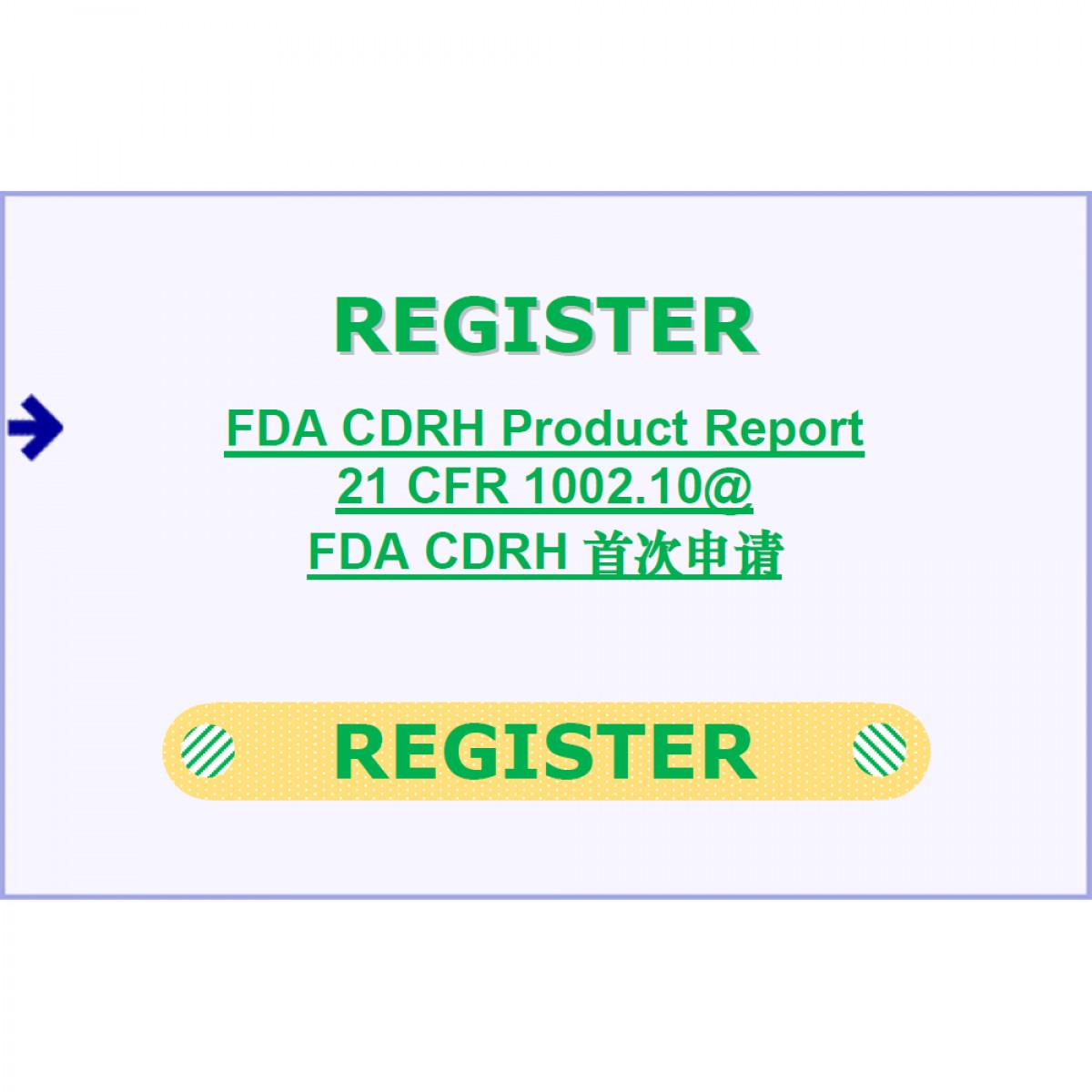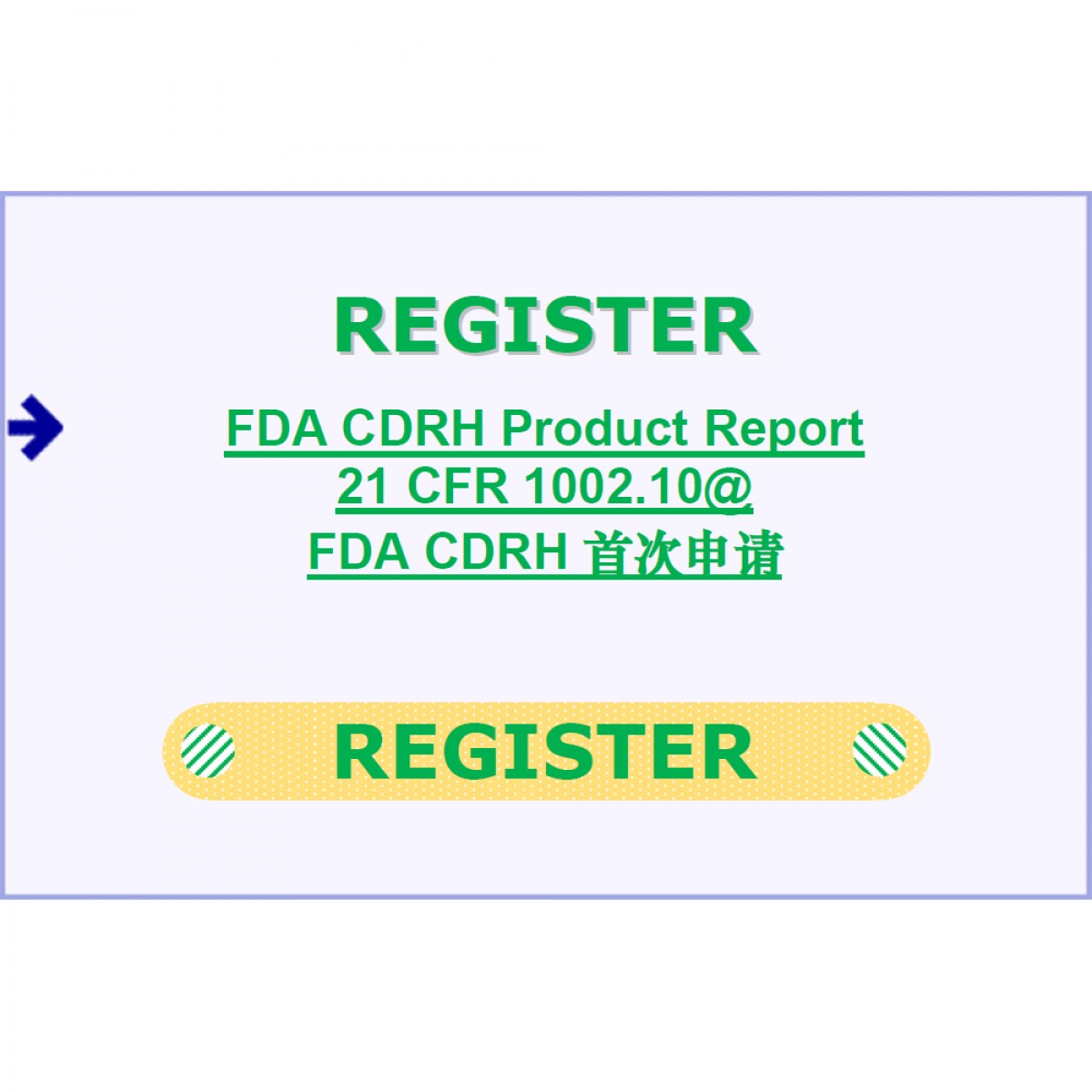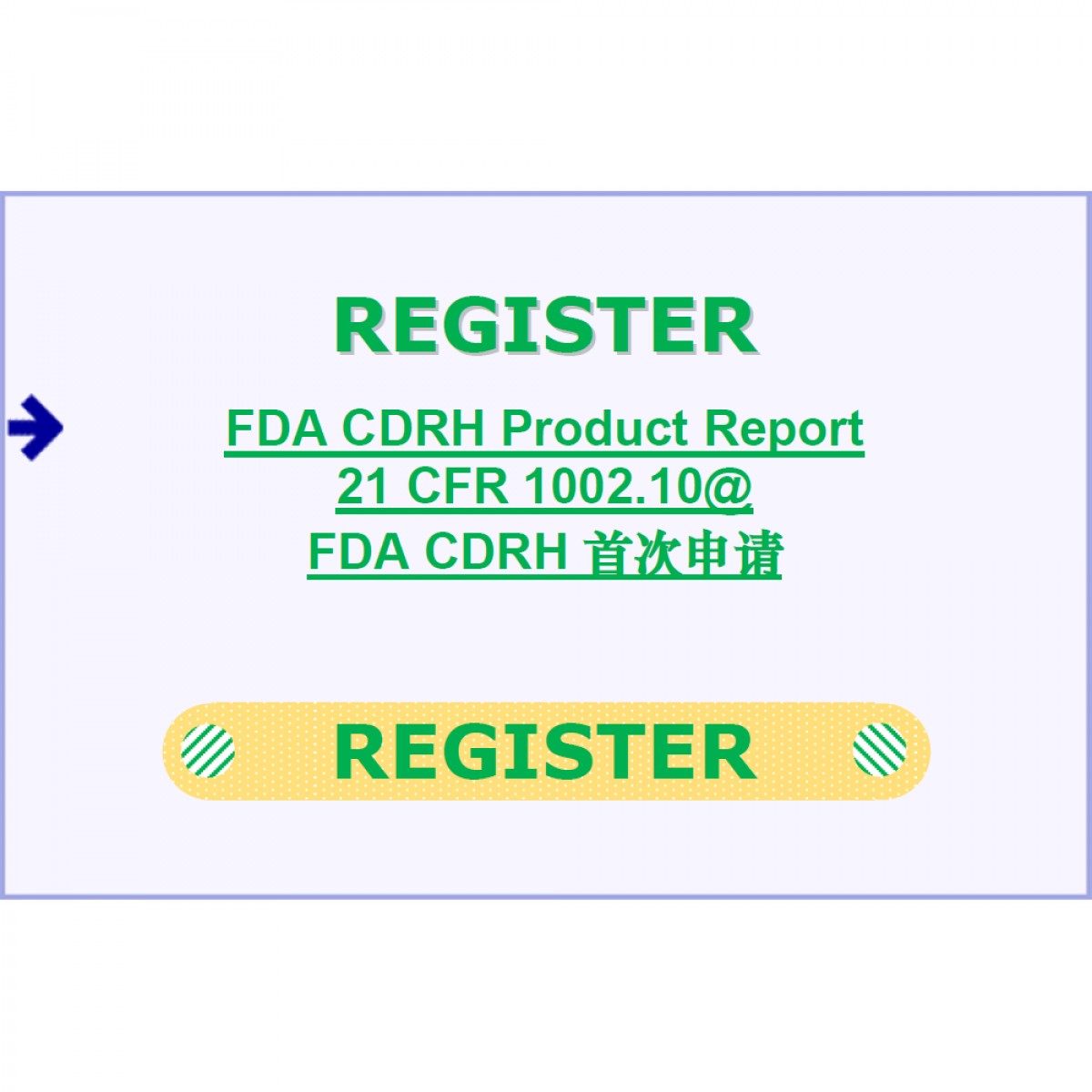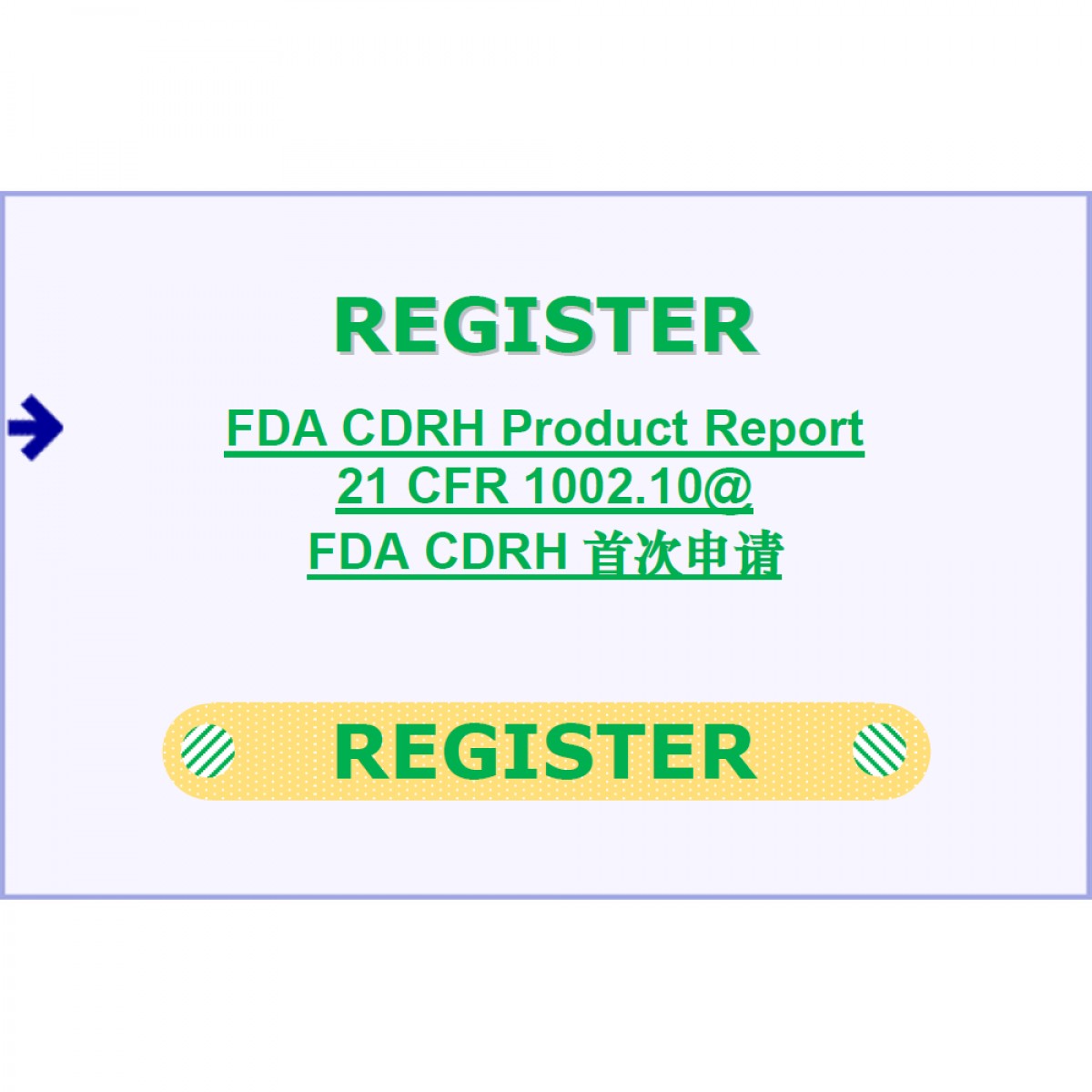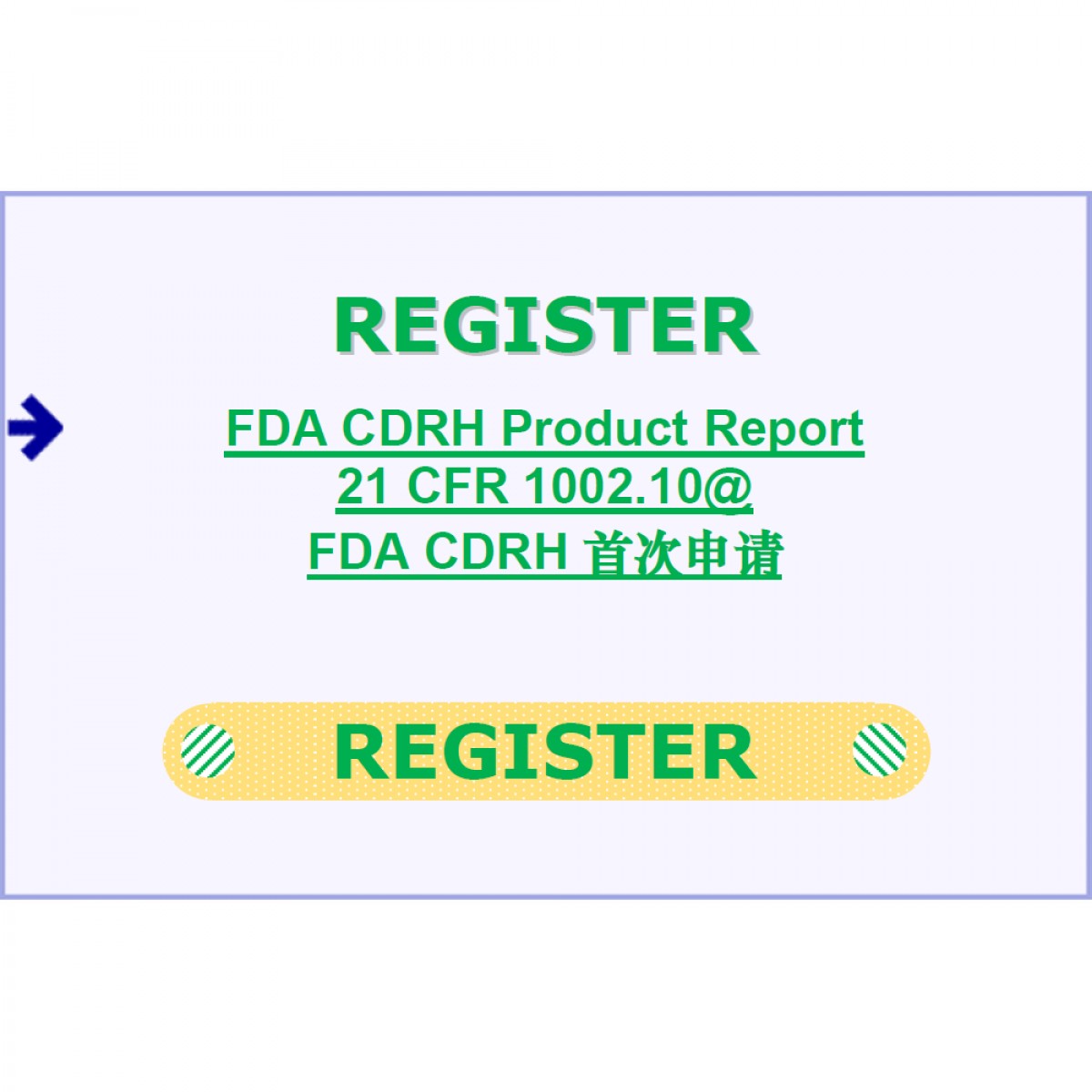USA FDA Guide for Consumer & Medical
USA Market Access for Consumer & Medical Products
Center for Devices and Radiological Health
Approvals & Clearances
Radiation-Emitting Products and Procedures
Radiation-emitting products run the gamut from diagnosing serious medical conditions through such things as X-rays and mammograms to helping ensure the safety of airports and office buildings with security X-rays to making modern life a little easier with microwave ovens and cell phones.
Related Links
A-Z List of Regulated Products & Procedures
Food and Drug Administration Links
Ultraviolet Phototherapy Equipment - Medical Ultraviolet Lamps and Products
Radiofrequency and Microwave Products Other than Microwave Ovens
- X-Ray
Home, Business, and Entertainment Products
Medical Imaging
Medical imaging refers to several different technologies that are used to view the human body in order to diagnose, monitor, or treat medical conditions. Each type of technology gives different information about the area of the body being studied or treated, related to possible disease, injury, or the effectiveness of medical treatment.
Additional Information
Additional Information on Medical X-Rays
Security Systems
Security Systems that Emit Radiation
Security systems are products used to prevent harm, crime, or loss. Many security systems emit radiation to accomplish their primary purpose. For example some security systems emit ultrasound to detect intrusion into a secure area and others emit x-rays to produce an image used for non-intrusive inspection of containers to detect concealed threats or contraband.
The manufacturers of electronic products that emit radiation used for security are subject to FDA regulation. The applicable regulations depend on the type of radiation emitted and the intended recipient of that radiation.
Non-Intrusive Inspection
Intrusion Detection
Surgical and Therapeutic Products
Tanning
This site is intended to provide a source of general information on skin tanning, ultraviolet (UV) exposure, UV emitting products, and skin protection.
While this site provides general information on UV safety, it is not intended to provide medical advice. If you have questions about your health, the best source of information is your doctor.
The FDA wants consumers to know that UV radiation in tanning devices poses serious health risks. A 2009 report by the International Agency for Research on Cancer (IARC), part of the World Health Organization, concludes that tanning devices are more dangerous than previously thought. Exposure to UV radiation, whether from the sun or indoor tanning beds, can cause:
- Skin cancer
Skin burns
- Premature skin aging
Eye damage (both short- and long-term)
Given these risks, the FDA in 2014 required that labeling be included on sunlamp products stating that the products should not be used by anyone younger than 18, and will require specific warnings be included in certain promotional materials for sunlamp products and UV lamps. The new labeling requirements were part of the final order classifying sunlamp products into class II, subject to premarket review.
Because people under age 18 are particularly at risk, the FDA is now proposing to restrict the sunlamp products to people age 18 years old and older, and require that they sign a risk acknowledgement certification before use, and then every 6 months, that states that they have been informed of the risks to health that may result from use of sunlamp products.
Please report Tanning related problems to MedWatch.
More Information
Federal Register: Sunlamp Products; Proposed Amendment to Performance Standard
Federal Register: Restricted Sale, Distribution, and Use of Sunlamp Products
General and Plastic Surgery Devices: Reclassification of Ultraviolet Lamps for Tanning
FDA Proposes New Safety Measures for Indoor Tanning Devices: The Facts
Materials from the Webinar on Indoor Tanning: Risks of UV Radiation
- World Health Organization’s (WHO) Ultraviolet radiation (UV)
REGULATORY AGENCY
- Food and Drug Administration (FDA)
REGULATIONS
- Medical devices distributed in the United Sates are subject to general controls, pre-marketing and post- marketing regulatory controls.
- Most Class I devices are exempt from 510(k) premarket notification. The manufacturer is required to register their establishment and list their device on the database.
- Most Class II, but also some Class I and Class III medical devices requiring clearance for US market entry can only attain acceptance via a premarket notification procedure 510(k).A DoC with the MERCOSUR legislation is required for Class I devices.
- Most Class III devices typically require Pre-Market Approval (PMA).
- Manufacturers must comply with the Quality System Regulation 21 CFR Part 820.
- After product approval (PMA) or 510(k) clearance, the FDA can carry out a production site inspection at any time in order to verify that the manufacturer is in compliance with the Quality System Regulation. As a rule, this encompasses management, development, corrective and preventive action, as well as production and process control.
GUIDELINES
- Manufacturers must register their establishments and list their devices with the FDA.
- 510(k): A 510(k) submission is based on the comparison of the new device with devices already marketed in the US, which allows the FDA to determine whether a device is safe and effective.
- PMA: Significant scientific review of the safety and effectiveness of the device.
△ The above picture and text are from the Internet. If there is any infringement, please contact us in time and we will delete it immediately.
As the first global market access digital platform, BWTCmall.com offers a new and unprecedented online service experience for its many users.
As a technology-driven company, BWTCmall.com is committed to developing a powerful and scalable platform that not only enables global manufacturers to quickly and accurately find the best way to reach the global market, but also to experience cost-effective cutting-edge technology and services. Let the global market access market truly enter a virtuous circle of fairness, objectivity, harmony and win-win.
Please visit the solution for get your best way of testing and certification / approvals to the target market.


